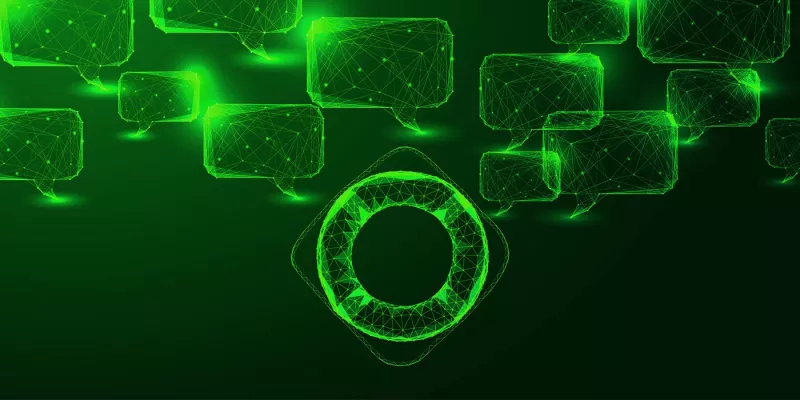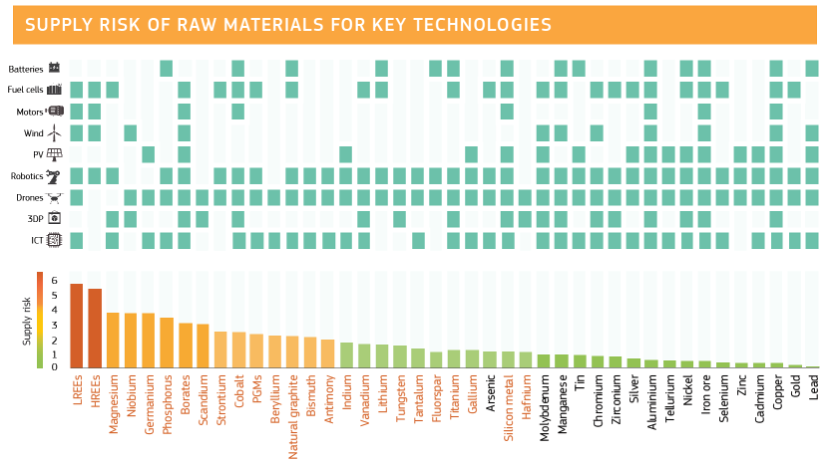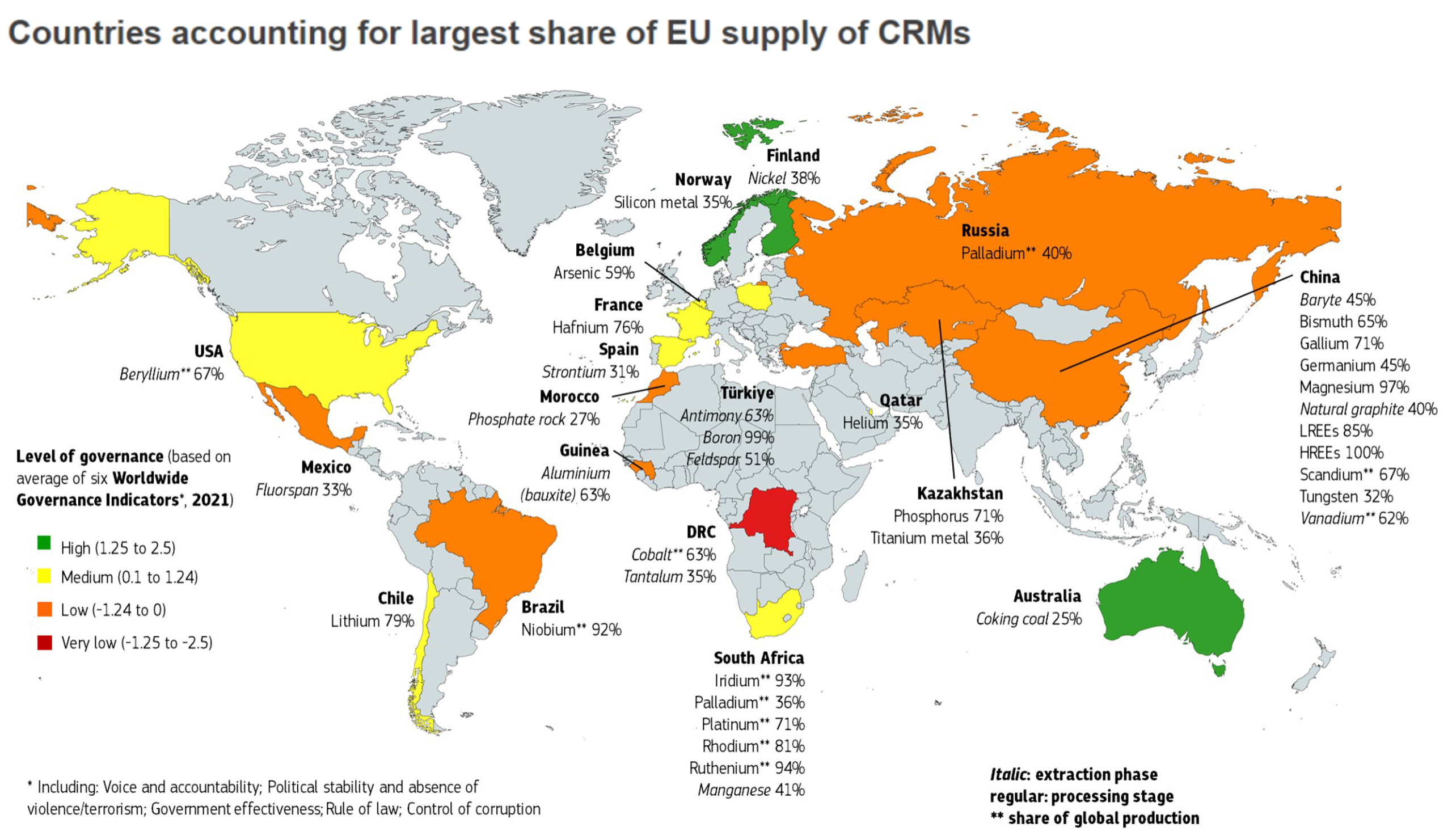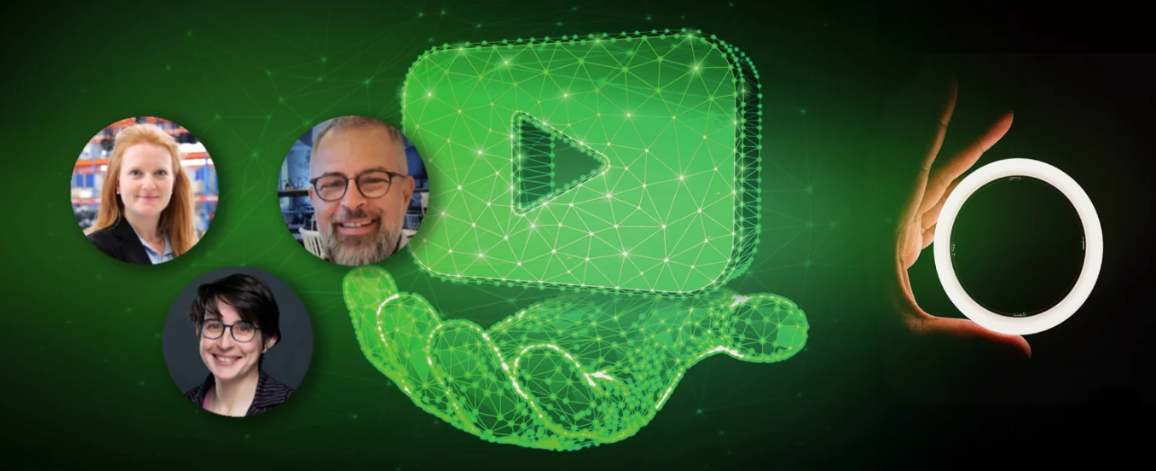
Circularity as a strategic solution for mitigating supply chain risks
The interconnection between risk management and circular supply chain practices was on the agenda at the latest meeting of France Supply Chain's Risk Community. The session, moderated by Jonathan Lecluze, manager specialized in circular supply chain at Citwell, aimed to explore, through exchanges between participants, to what extent circularity constitutes a proactive solution to the risks faced by supply chains.
This meeting between professionals from different industrial sectors revealed major lessons about the necessary transformation of our business models to meet today's geopolitical, environmental and regulatory challenges.
Critical vulnerabilities call for a paradigm shift
On October 9, 2025, China announced extraterritorial measures for the traceability of rare earths.. In practice, any product containing more than 0.1% Chinese rare earths would have to apply for a license to be exported from China or from one third country to another.
This major event has sent shockwaves through the industry, highlighting once again Europe's dependence on external supplies of rare earths (70% of European rare earth supplies come from China) and, more broadly, for all fossil fuels, including hydrocarbons.
Reducing Europe's consumption of fossil fuels is a major challenge for our sovereignty. It is also a major environmental issue.
Technology is regularly invoked as a solution to this problem because it is said to have the virtue of decoupling economic activity from resource consumption. However, this is only a partial vision, as technology itself is eminently made up of fossil resources from non-European territories, led by China.
This first graph highlights the risk of European supply (bottom) of raw materials for a range of technologies (left) needed for environmental transitions.

Supply chain analysis and material demand forecast in strategic technologies and sectors in the EU - JRC Science for Policy Report
LREEs (Light Rare Earth Elements) and HREEs (Heavy Rare Earth Elements) top the list of raw materials most at risk for the technologies listed.
It's interesting to cross-reference this view with the following map, which shows the geographical origins of resources and the "Level of Governance", which can be interpreted as a country's level of stability, which is an approximation of the level of supply risk from a European perspective. It shows that most raw materials come from China and Africa.

Supply chain analysis and material demand forecast in strategic technologies and sectors in the EU - JRC Science for Policy Report
From the linear model to the circular economy: rethinking value creation
In the face of these vulnerabilities, a fundamental rethink of our economic approach is becoming imperative. The traditional "take-make-dispose" model is now revealing its structural limits. For a large proportion of the manufactured products we know, we can retain the following orders of magnitude: 90% of resources and 80% ofCO2 emissions are concentrated in the upstream phases of the value chain (extraction, production, assembly).
The circular economy responds to these realities by proposing a genuine paradigm shift. Rather than following a linear logic that progressively destroys value over the course of a product's life cycle, it structures flows around the preservation and optimization of that value.
This approach is based on the "10 Rs" framework, which prioritizes circular strategies according to their impact. They are broken down into three main logics: reducing the loop (R0-R2), slowing the loop (R3-R6) and closing the loop (R7-R9).

Lifecycle & stages on the R-ladder (Reike et al, 2018)
This prioritization provides companies with a compass for prioritizing their circular actions.

![]()
Moving from a linear to a circular model is not just about adding recycling at the end of the cycle, but about completely rethinking the way we create and preserve value throughout the chain.
![]()
Jonathan Lecluze,
manager specialized in circular supply chain at Citwell
Inspiring pioneers
Several companies present at the workshop demonstrated the economic and environmental benefits of these circular approaches, while reinforcing the robustness of their supply chains. Among them:

Orange presents one of the most successful circular supply chain models. Today, one box in two comes from the circular supply chain, and each piece of equipment can be reconditioned up to 10 times, thanks to an eco-design that favors disassembly using screws rather than rivets. The benefits are many: significantly reduced supply costs, reduced environmental impact and secure production volumes.

Renault is deploying a structured circular strategy with The Future is Neutral, a project to recycle metals and batteries from electric vehicles in order to secure supplies of critical materials.

Décathlon is developing its circular business models, offering buy-back and resale of second-hand products, repair and rental of sports equipment.
How does circularity transform risks into opportunities?
These concrete examples illustrate how the circular economy transforms the vulnerabilities of supply chains into genuine levers of resilience and opportunities:

Circularity creates new sources of supply independent of traditional geopolitical constraints.

By developing in-house recovery and recycling channels, companies can protect themselves against fluctuations in raw materials markets, thus ensuring greater cost predictability. Interface illustrates this approach by manufacturing nylon carpet tiles (derived from petroleum) from recycled fishing nets.

The circular economy makes it possible to anticipate regulatory changes rather than undergo them, transforming these constraints into competitive advantages. Apple is investing in dismantling robots to anticipate legislation on repairs, while Europe's Critical Raw Materials Act now requires the sourcing of recycled magnets.

Protection against reputational risk in the textile sector, which is highly exposed to social and environmental controversies. This is the choice made by Patagonia through its Worn Wear program for the repair and resale of used clothing.

One example is Philips and its Lighting as a service model.
Challenges and recommendations for a successful transformation
Strategic lessons
Five fundamental principles emerged from this session to guide supply chain professionals.





* Nearshoring, as opposed to offshoring, is the relocation of an economic activity to another region of the same country or to a nearby country.




